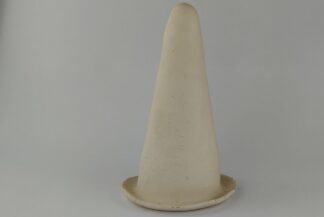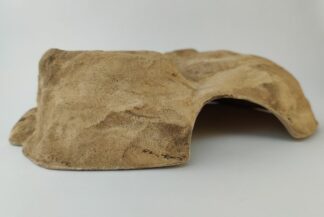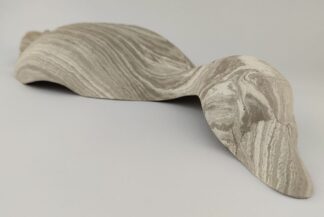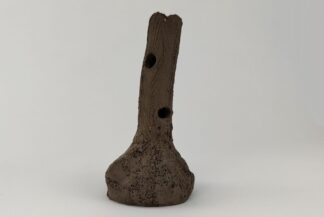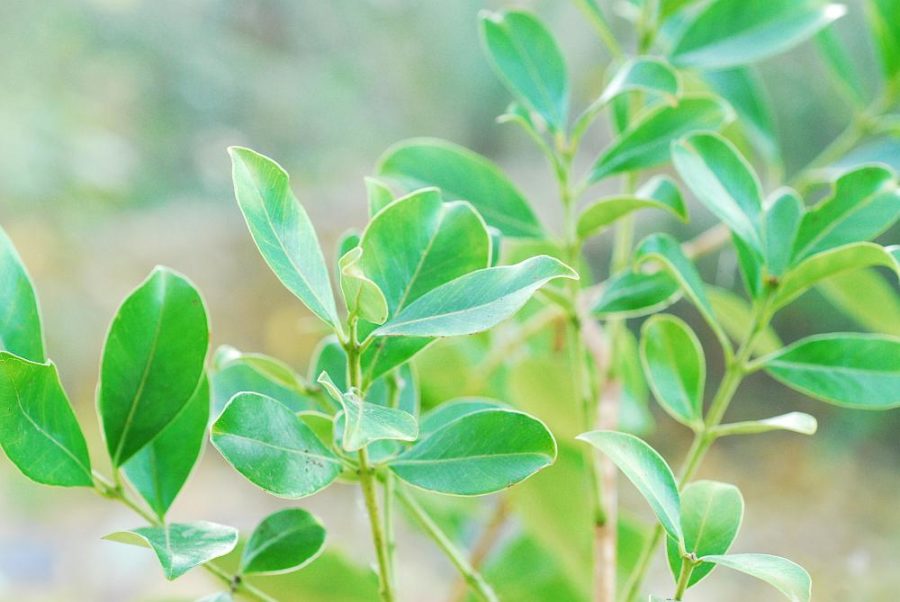
All parts of the guava tree (Psidium guajava L.) have been successfully used for generations to prevent, alleviate and cure a variety of organic ailments, e.g. in Mexico and other Central American countries, but also in many parts of Africa and Asia.
The medically comparatively well researched parts of the guava plant actually contain substances that have been proven to be effective against various bacteria, fungi, viruses and parasites (depending on the preparation and dose). Other substances, such as tannins and flavonoids, have an antioxidant and cytostatic effect, i.e. have a positive effect on cell tissue.
Use in aquaristics:
The use of guava leaves has also proved very successful in the practice of shrimp breeding and keeping.
For example, guava leaves have a preventative effect against Vibrio bacteria, which are harmful to shrimps.
Other shrimp diseases caused by microorganisms and parasites such as worms are also successfully treated in practice with the help of guava leaves.
Application:
In human medicinal use, the leaves of the guava tree are generally used as a decoction/decoction. To do this, the leaves are boiled for approx. 10-15 minutes and the decoction is used. As a large proportion of the active ingredients are contained in the decoction, it is also a good idea to use it in the aquarium. After cooling, you can add the decoction to the aquarium with or without the leaves.
If you only want to use the leaves as a food source, you can make the ingredients more readily available to the animals by boiling them for a short time (approx. 5 minutes). They will also sink to the bottom more quickly. Of course, the brew can also be added to the tank after cooling.
You can also find guava leaves in our shop.
Literature:
Ngo Van Hai: The use of medicinal plants as immunostimulants in aquaculture: A review. In: Aquaculture. Band 446, 2015, S. 88–96
M. Gutiérrez, S. Mitchell, R. V. Solis: Psidium guajava: A review of its traditional uses, phytochemistry and pharmacology. In: Journal of ethnopharmacology. Band 117, Nr. 1, April 2008, S. 1–27

